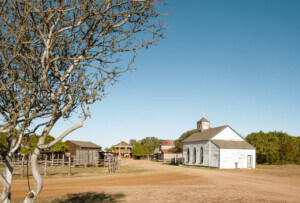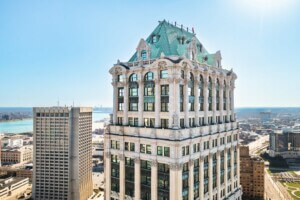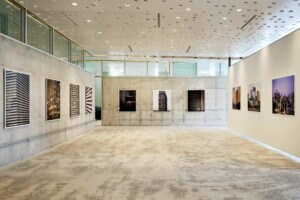An effort to connect Detroit’s cluster of some of its most significant institutions, including its iconic Detroit Institute of Arts (DIA), announced today that an international team of urban designers, landscape architects, and technology experts had been selected to create a cultural center in the booming Midtown district.
In a year-long process, the Midtown Cultural Connections competition selected a team led by Paris-based Agence Ter, Detroit-based architecture and design studio akoaki, Ann Arbor–based hybrid design firm rootoftwo, and University of Michigan assistant professor and urban planner Harley Etienne, along with other partners. The initial design phase, which will bring all parties together to create a formal plan, will take about 18 months, officials said.
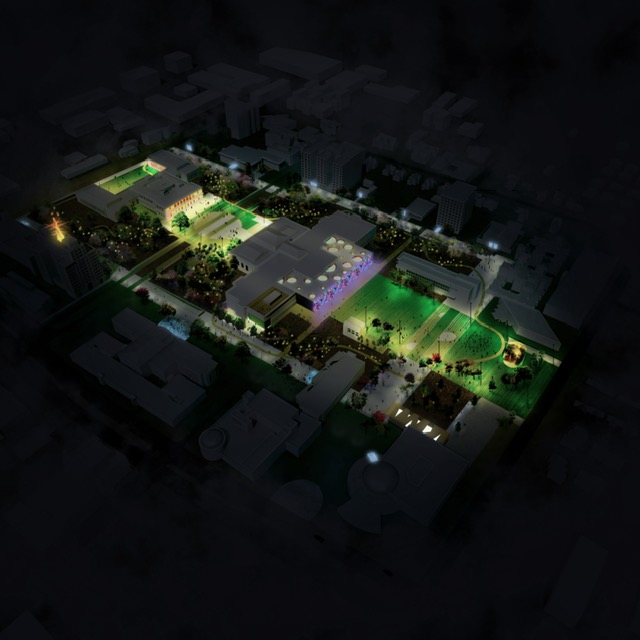
The Agence Ter team suggested creating a sort of frame around the ten blocks containing a group of cultural institutions, including the DIA, Wayne State University, the Detroit Historical Society, the Charles H. Wright Museum of African American History, the College For Creative Studies, the Michigan Science Center, and the Scarab Club.
Within that “Detroit Square,” the project will bring the inside out through “common ground” or communal backyards running between the buildings and their landscapes, to be activated with outdoor cafes, performance spaces, a mobile DJ booth, green spaces, public art, as well as live performance spaces for events. Woodward Avenue, which runs through this district, also may see its massive size reduced.
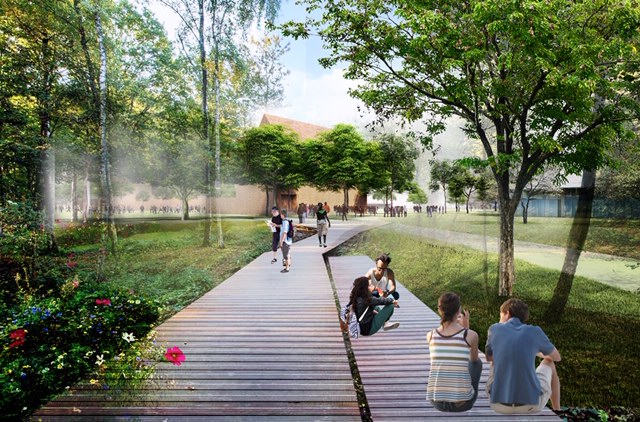
The selection not only inspires pride among the winning team, said akoaki’s Anya Sirota, but it shows how Detroit’s participating institutions and judges are willing to give “an open-ended framework” a chance to succeed.
For Sirota, that means the design will continue to evolve as the team works with local stakeholders, residents, and other parties to make the cultural center truly the heart of Midtown Detroit, one of the city’s most revitalized and vibrant neighborhoods.
“We took a risk to create a memorable design that was also suggestable,” Sirota said. “We felt strongly that we would need additional feedback on these ideas [and] we’re excited that the jury went with something that allowed for more conversation with stakeholders.”
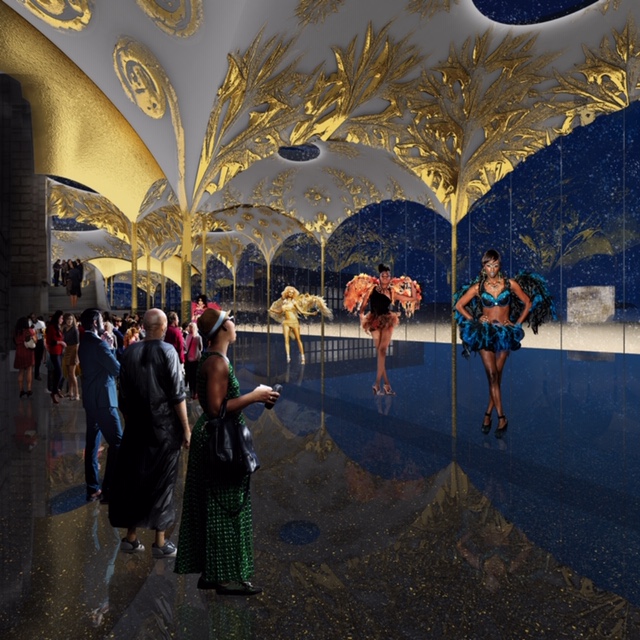
The size and scope of the project are grand, Sirota added, and previous projects involving this area and around Detroit have gone forward without deep feedback, conversation, and consideration of the long-term effect on the city or its residents. This project seeks to “tread lightly” and be sensitive to placemaking within a city that is more than 300 years old and has concerns about issues like gentrification.
Sirota also said she is pleased that the plan the winning team is working on will take issues of mobility, environmental sustainability, and stormwater stewardship into consideration. Having a team made up of experts in physical technology, landscaping, urban planning, and design with a Detroit-centic base should provide many new ideas for the cultural center, she noted.
Midtown Detroit Inc. and DIA launched the design competition in 2017 to find a team that could unite twelve cultural and educational institutions with a kind of “town square” feel. The goal was to develop a “unified, dynamic, and inclusive space that facilitates connections throughout the Cultural Center,” DIA director Salvador Salort-Pons has said.
The Midtown Cultural Connections project had 44 initial submissions from more than 10 countries and 22 cities. Those were winnowed down to eight firms and then three finalists. The other finalists included TEN x TEN of Minneapolis and Mikyoung Kim Design of Boston.








